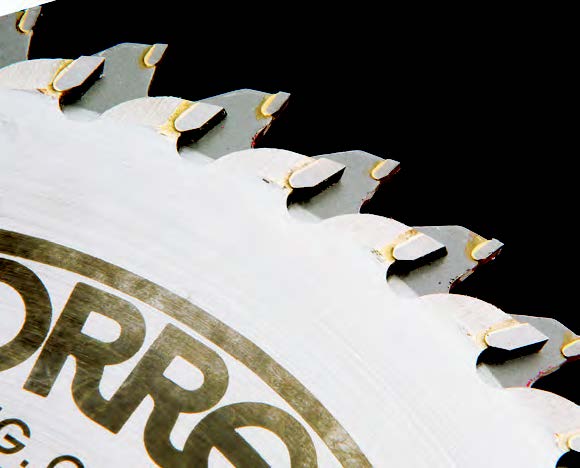
In last issue’s response on how to tell if a blade was dull, Michael Dresdner mentioned hooking up an amp meter to the tool. I think that’s a great idea. What type of amp meter should I use and how is it hooked up? Is there a difference for 110v and 220v hookups?
Simon Watts: You really shouldn’t need some gizmo to tell you when the teeth of your saw are dull. An amp meter indicates only the load on the saw–which will vary according to what timber you are cutting, the depth of cut and how fast you are feeding it. There is no substitute for developing sound judgment and then learning to trust it.
Michael Dresdner: Buy an AC ammeter – the type that is connected to a current transformer — from an instrument supply house. Tell them what the amperage range will be (the full load current of the motor.) A good supply house should be able to steer you through this process if you supply them with even a stumbling explanation of what you are trying to do. Prepare to spend between $90 and $150. Pass a single turn of any one hot lead going to the motor through the current transformer (the sensing part of the ammeter).
Another alternative is to buy a low cost (approx. $40) electricians clamp-on ammeter, sometimes called a Tong meter. To use this in a shop, you will have to bring out a current carrying conductor so that you have access to it. This is called a test loop. The meter has a core that you can open to pass over and around this test loop. When you release the lever, it clamps shut around the wire, thus completing the magnetic circuit so the meter can function. It will read the amperage going through that wire directly on an amp scale. The disadvantage is that you must bring a current carrying loop out to where you can read it, and this is most likely against the NEC codes. The advantage is that it is cheaper and you can easily move it from machine to machine.
With either method, it is irrelevant whether the machine is 110 or 220 since you are only reading one hot leg (a 110 leg).
By the way, virtually all wide belt sanders have an ammeter built in where it is used to warn you when it is overloading.
I should also mention that while this method works great for production woodworking, it is not really practical for hobby woodworkers, since it depends on creating a baseline on repeat activities. Cutting a tougher piece of wood, or one that is pinching a blade due to warping will give you false high readings, just as switching from one wood to another will.







